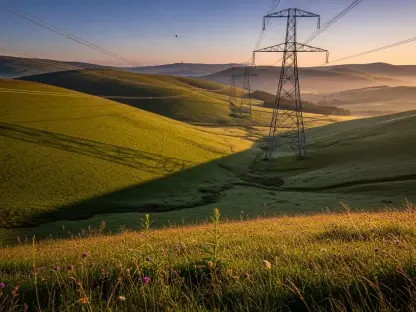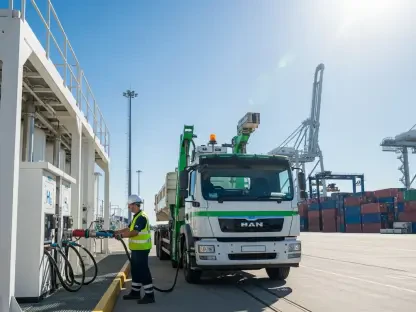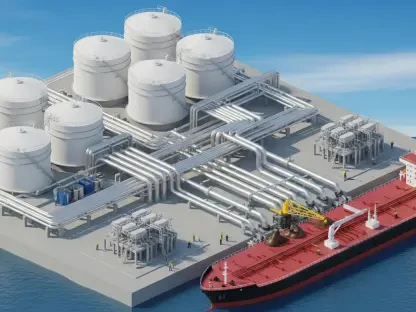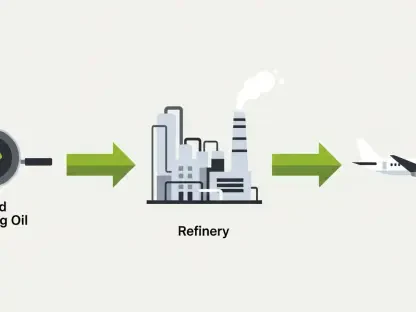In early 2024, a remarkable development unfolded in the global oil industry as the United States emerged as a net exporter of crude oil to Nigeria. This surprising shift illustrated the fluidity of international markets and posed intriguing questions about the future of U.S.-Nigeria oil trade. The insights gained from analyzing these sudden changes underscore the volatility of global oil dynamics while offering a glimpse into potential long-term trends in energy exchanges.
Transformative Changes in U.S.-Nigeria Oil Relations
Historically, Nigeria has held a vital position as a primary supplier of crude oil to the United States. This relationship was grounded in Nigeria’s standing as one of Africa’s leading oil producers. Over several decades, geopolitical events and market fluctuations forged the backbone of this mutually beneficial trade. In 2024, changing demands and technological advances introduced a new era of energy exchange between the two nations, raising questions about the durability of established trading practices.
Shifts in Market Dynamics and Trade Patterns
Understanding Domestic Influences on the U.S. Oil Market
In 2024, domestic market conditions in the U.S. helped transform oil trade patterns with Nigeria. Maintenance activities at the Phillips 66 Bayway refinery in New Jersey temporarily reduced local crude oil demand, forcing shifts in export destinations. This scenario highlighted how infrastructural decisions can significantly impact international trade, demonstrating the interconnected nature of local operations and global markets.
Nigeria’s Evolving Refinery Landscape
With the inauguration of the Dangote refinery in January 2024, Nigeria’s oil importation requirements underwent a considerable transformation. The refinery, now Africa’s largest, reached toward its target capacity of 650,000 barrels per day, altering traditional supply chains. This enhanced refining capability allowed Nigeria to refine local blends more effectively, influencing new trading behaviors and reshaping the oil import landscape.
Complexities within Global Oil Markets
Shifting oil trade dynamics extend beyond bilateral relationships, reflecting broader market complexities. Regional innovations in production and refining have introduced new supply challenges and opportunities. The U.S.-Nigeria oil trade serves as a microcosm of the intricate interplay between technological advancement, market needs, and global demand patterns. Understanding these layers underscores the unpredictable nature of oil markets on the world stage.
Future Pathways in the Oil Trade Landscape
Technological, regulatory, and economic factors suggest that oil trade pathways will continue to evolve. Changes in energy policy and technological processes could redefine trade patterns not only between the U.S. and Nigeria but across the globe. Experts project that the ongoing adaptation to these dynamics will shape future trade agreements, illustrating the essential role of innovation in dictating shifts within the energy market.
Navigating Strategic Opportunities
Analyzing recent transformations offers valuable insights for businesses and policymakers maneuvering within the oil sector. Strategic planning requires embracing flexible supply chain practices, adjusting to market demands, and seizing emerging opportunities. Identifying and adapting to these evolving conditions is crucial for maintaining a competitive edge as the global energy landscape continues to change. Enhanced collaboration and foresight may guide stakeholders toward more sustainable trade models.
Reflecting upon these developments, the unexpected shift of the U.S. into a net crude oil exporter to Nigeria demonstrated the swift ebb and flow of global trade dynamics. Key developments, such as the Dangote refinery’s operational impact and U.S. infrastructure choices, contributed to these emerging trends. The changes not only affected bilateral trade but also offered strategic lessons on adapting to new realities. As market participants evaluate these shifts, the necessity of proactive strategies and adaptive measures in an increasingly intricate energy market became evident.









